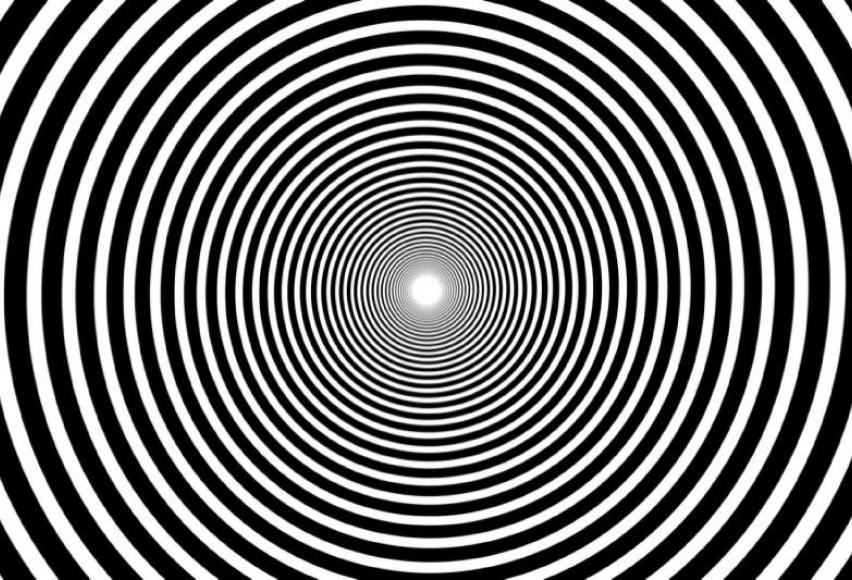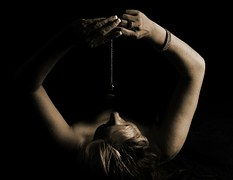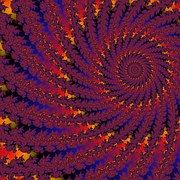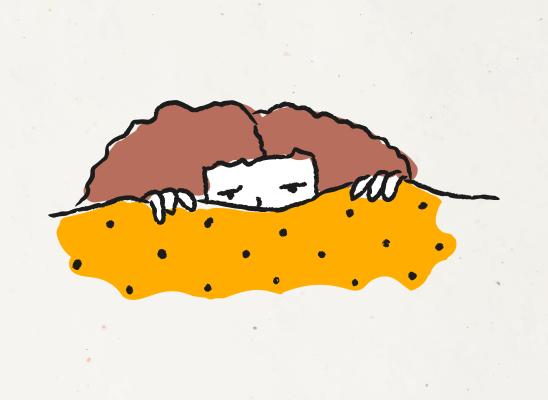Hypnosis for Trichotillomania

Online test
Find out the severity of your symptoms with this free online test
Trichotillomania (trik-o-til-o-may-nee-uh) is a disorder that involves recurrent, irresistible urges to pull out hair from your scalp, eyebrows, or other parts of your body, despite trying to stop. The cause of trichotillomania is unclear, but like many complex disorders, trichotillomania probably results from a combination of genetic and environmental factors. Also, abnormalities in the natural brain chemicals serotonin and dopamine may play a role in trichotillomania.

Signs and symptoms of trichotillomania often include:
- Repeatedly pulling your hair out, typically from your scalp, eyebrows or eyelashes, but can be from other body areas, and sites may vary over time
- An increasing sense of tension before pulling, or when you try to resist pulling
- A sense of pleasure or relief after the hair is pulled
- Shortened hair or thinned or bald areas on the scalp or other areas of your body, including sparse or missing eyelashes or eyebrows
- Preference for specific types of hair, rituals that accompany hair pulling or patterns of hair pulling
- Biting, chewing or eating pulled-out hair
- Playing with pulled-out hair or rubbing it across your lips or face
Treatment Options
Options for treatment of trichotillomania (TTM) include:
- Support groups
- Medication
- Cognitive Behavioural Therapy (CBT)
- Alternative Therapies
The most well documented methods of reducing hair pulling are cognitive behavioural therapies (CBT) and medication. Body Focused Repetitive Behaviours (BFRB) such as trichotillomania is initiated by many triggers, and so treatment requires a detailed and broader approach that deals with as many of these triggers as is possible. Not all sufferers are affected by the same triggers and neither are they affected in similar ways. Therefore treatment needs to be customised for each patient. It has been found that a common trigger for this condition lies in the cognitive/psychological areas of the sufferer. Problems in these areas are best treated today with the use of cognitive therapy. Cognitive therapy can assist in addressing the distorted beliefs the patient could have in relation to their pulling behaviour. However, these approaches are not always effective. Alternative Therapies such as changes in diet, meditation, hypnosis, prayer, yoga and herbal remedies have shown to assist in the treatment of this condition. It is important to note that these therapies have not been scientifically tested and evidence of effectiveness is anecdotal.
Hypnosis as an Alternative Therapy for Trichotillomania
The American Psychological Association describes hypnosis as a cooperative interaction in which the participant responds to the suggestions of a hypnotist. The technique has been clinically proven to provide medical and therapeutic benefits, most noticeably in the reduction of pain and anxiety. Substantial research documents the effectiveness of clinical hypnosis for the treatment of a wide range of emotional, medical, and behavioural problems. Two thirds of trichotillomania sufferers say they go into a trance (hypnotic) state when pulling their hair. Understanding this behaviour and bringing it under control assists with using hypnosis as a tool to treat this condition. Using hypnosis in addition to an existing treatment program has been shown to substantially increase treatment success.
Hypnosis can:
- Turn the pulling or picking hand into an automatic soothing device
- Protection from the impact of triggering stressors
- Make habits that have felt automatic controllable
- Enhance relaxation techniques
- Increase mindfulness
- Identify and diffuse historical picking or pulling triggers
- Help you feel things in the heart, not the hair or skin
The view of hypnosis in the past has been steeped in mysticism. Attitudes toward the modality changed in recent times. Clinical hypnosis puts the patient in the driving seat and in control of their own behaviours, feelings, even medical symptoms that they may have in the past felt out of control. There is significant and comprehensive research detailing the effectiveness of clinical hypnosis being used as a tool to treat emotional, medical and behavioural problems. Hypnosis requires the patient to focus and concentrate on feelings, impulses, and sensations so that you move into a trance state, which is what makes it an effective technique in treating TTM.
Treatment with Hypnotherapy
 Most believe that TTM is a stress/habitual based disorder. This means that following a process of relaxation and distraction can be used. In short, the patient is induced into a deeply relaxed state. The patient is then taught how to self-hypnotise and is given the take-home exercise of going into this relaxed state and developing this as their “comfort place”. Given that the patient is able to access this comfort place on their own and as requested, the therapist can then issue the request to the patient that whenever they feel the urge to pull at their hair, they can then go into that deeply relaxed comfort place. Their hands will then become relaxed. At the following session, the patient can then be given the suggestion that should they feel the urge to pull at their hair; they can choose to stop this behaviour. This is then practised so as to create a pattern of behaviour until the initial behaviour of pulling is then reversed. One can also try to link a response that is averse to pulling out hair. TTM as a condition has varying stages of severity and symptom transference may be needed in the beginning. Regression may also be used to understand where and when the behaviour began. Then review the event or occurrence to understand why it created the pulling behaviour and give it the relevant attention.
Most believe that TTM is a stress/habitual based disorder. This means that following a process of relaxation and distraction can be used. In short, the patient is induced into a deeply relaxed state. The patient is then taught how to self-hypnotise and is given the take-home exercise of going into this relaxed state and developing this as their “comfort place”. Given that the patient is able to access this comfort place on their own and as requested, the therapist can then issue the request to the patient that whenever they feel the urge to pull at their hair, they can then go into that deeply relaxed comfort place. Their hands will then become relaxed. At the following session, the patient can then be given the suggestion that should they feel the urge to pull at their hair; they can choose to stop this behaviour. This is then practised so as to create a pattern of behaviour until the initial behaviour of pulling is then reversed. One can also try to link a response that is averse to pulling out hair. TTM as a condition has varying stages of severity and symptom transference may be needed in the beginning. Regression may also be used to understand where and when the behaviour began. Then review the event or occurrence to understand why it created the pulling behaviour and give it the relevant attention.
In short, hypnosis can be used to treat TTM quite effectively, however it is important to note that is should be used in conjunction with other therapies. A holistic approach is needed to effectively treat and cure the condition. And, while it is not a form of therapy that will work for all sufferers, it is best used in conjunction with Cognitive Behavioural Therapy for a more robust treatment program to treat TTM.
Online test
Find out the severity of your symptoms with this free online test
Start your journey with TrichStop
Take control of your life and find freedom from hair pulling through professional therapy and evidence-based behavioral techniques.
Start Now



